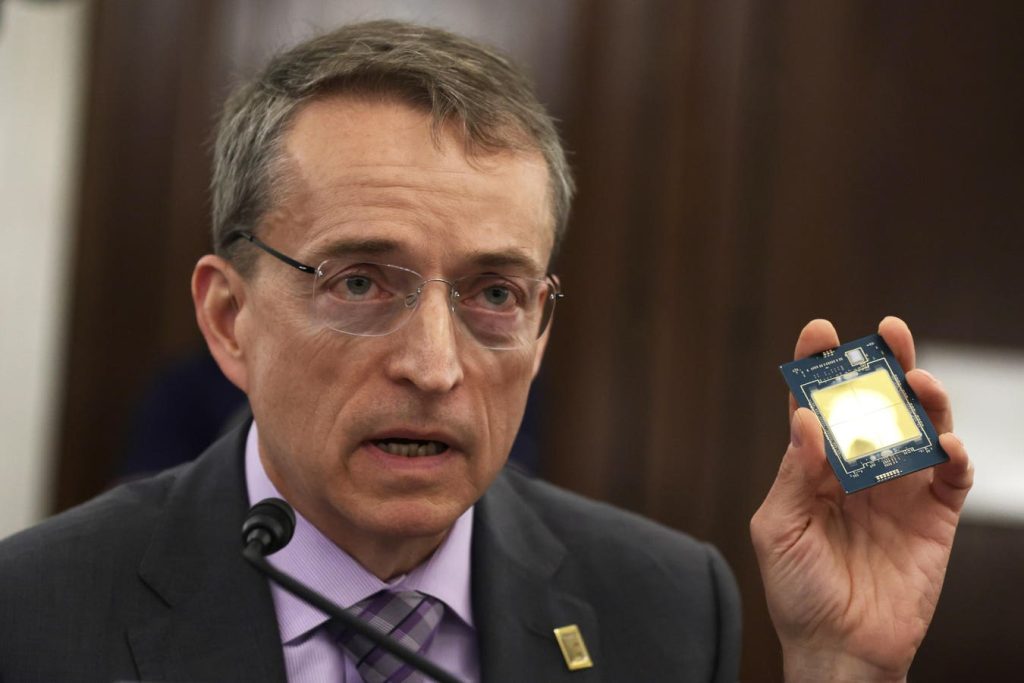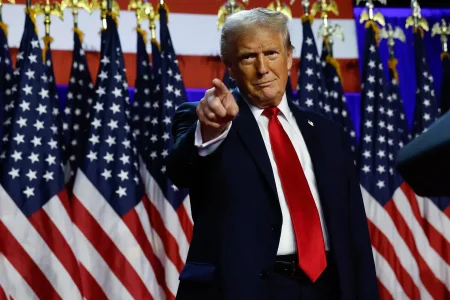After suffering a staggering 52% drop in its stock price in 2024, coupled with a significant revenue decline and a $16.6 billion loss in the most recent quarter, Intel’s board of directors made the decisive move to oust CEO Pat Gelsinger. Gelsinger, who returned to Intel in 2021 after a successful stint at VMware, faced mounting pressure as the company struggled to regain its footing amidst a rapidly evolving semiconductor landscape. Analysts have underscored that the fundamental issues plaguing Intel extend beyond Gelsinger’s leadership, with an internal structure and compensation model that reportedly fosters competition among departments rather than collaboration.
During Gelsinger’s tenure, Intel lost substantial market share to rivals like Nvidia, which has enjoyed a remarkable year with its stock price surging by 186% and a robust revenue increase of 94%. This downward trajectory for Intel is attributed to a combination of historical over-reliance on the PC market and a failure to evolve alongside competitors, particularly in the burgeoning AI chip sector. Gelsinger made efforts to enhance production capabilities by establishing advanced chip fabs in the U.S., bolstered by federal support from the CHIPS Act; however, this strategy inadvertently burdened Intel with higher debt and reduced cash flow, further displeasing its board.
Following Gelsinger’s departure on December 1, Intel’s board appointed Chief Financial Officer David Zinsner and general manager of the client computing group, Michelle Johnston Holthaus, as interim co-CEOs. This dual-leadership approach reflects the board’s concerns about Intel’s precarious financial health and aims to balance product and financial acumen during a crucial transitional phase. The interim executives will focus on streamlining the product portfolio, improving manufacturing capabilities, and optimizing operational costs while navigating the complex challenges facing the company.
Despite the board’s optimism regarding the co-CEO arrangement, industry experts remain skeptical about whether any new leadership can effectively turn around the beleaguered tech giant. Analysts point out that the extent of Intel’s challenges is so profound that simply changing the CEO may not suffice to restore investor confidence or revitalize the company’s competitive edge. The prevailing sentiment is that until major organizational reforms are enacted—especially concerning internal rivalries and ineffective compensation systems—the road to recovery will remain uphill.
Intel’s internal struggles have been exacerbated by a legacy of departmental silos, leading to disjointed efforts in product development and marketing. Experts suggest that a comprehensive overhaul of the board and executive leadership is crucial to foster collaboration and unify the company’s mission. Addressing these deep-rooted challenges could pave the way for a more cohesive strategy focused on customer needs and market demands, rather than the current model where divisions operate as isolated entities.
Without significant changes across the board and a concerted effort to eliminate inefficiencies, Intel’s prospects remain uncertain. Industry veterans voice concern that if Gelsinger—who possessed intimate knowledge of semiconductor manufacturing—could not resolve these issues, it raises doubts about whether any successor will succeed. As Intel seeks a permanent leader, the need for a transformative vision that rebuilds both internal structures and external competitiveness is vital for the company’s survival in an increasingly competitive semiconductor landscape.















